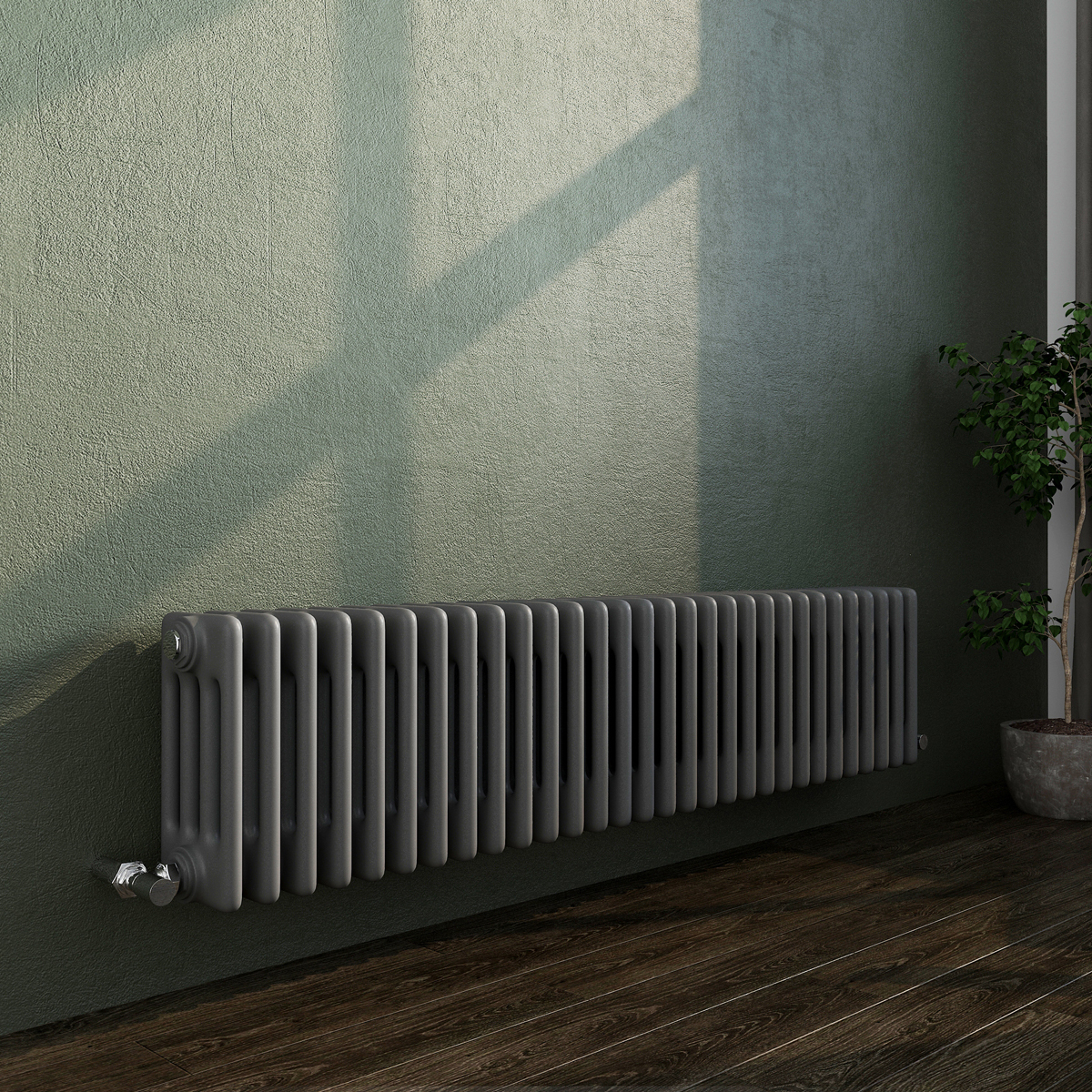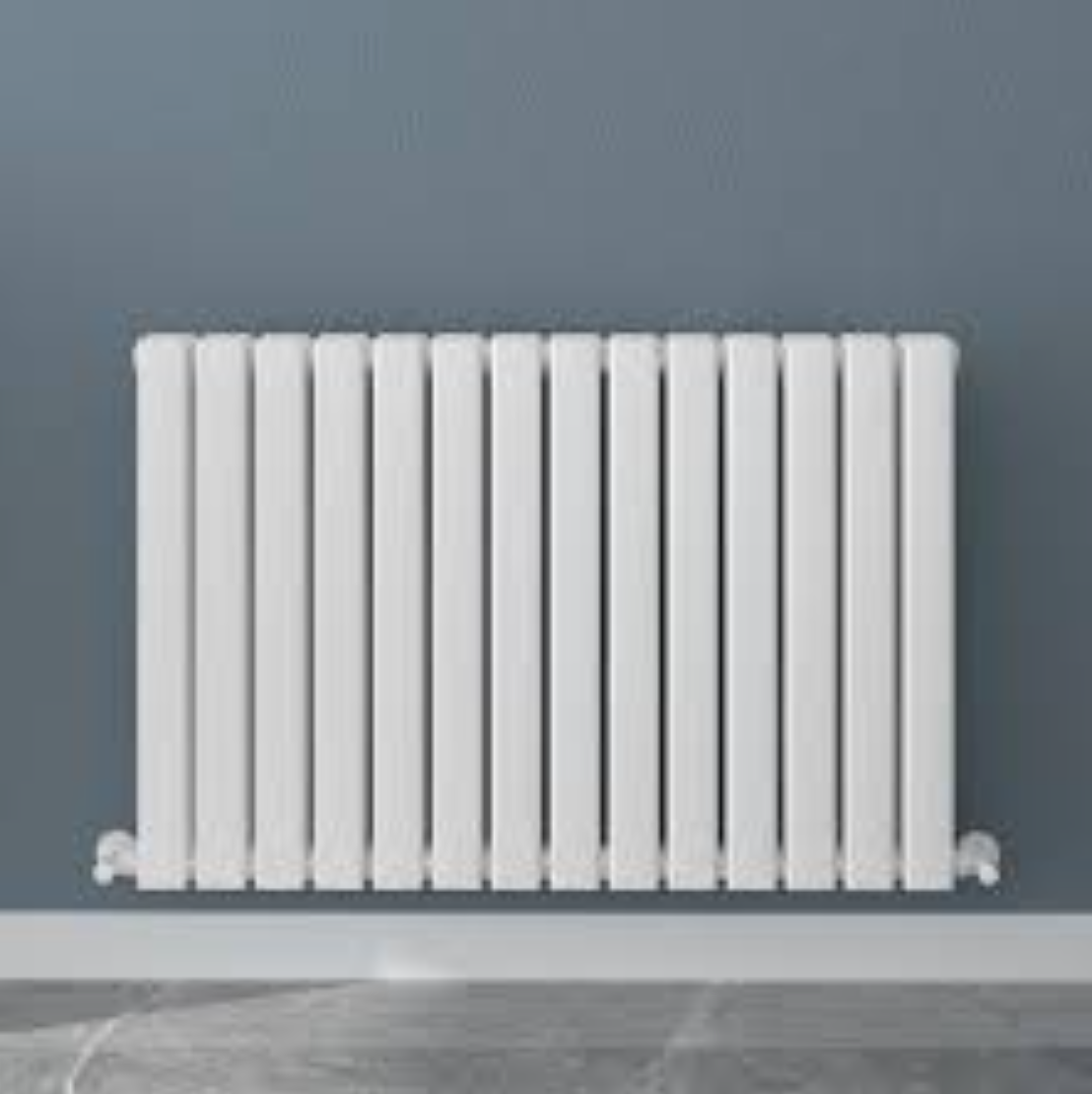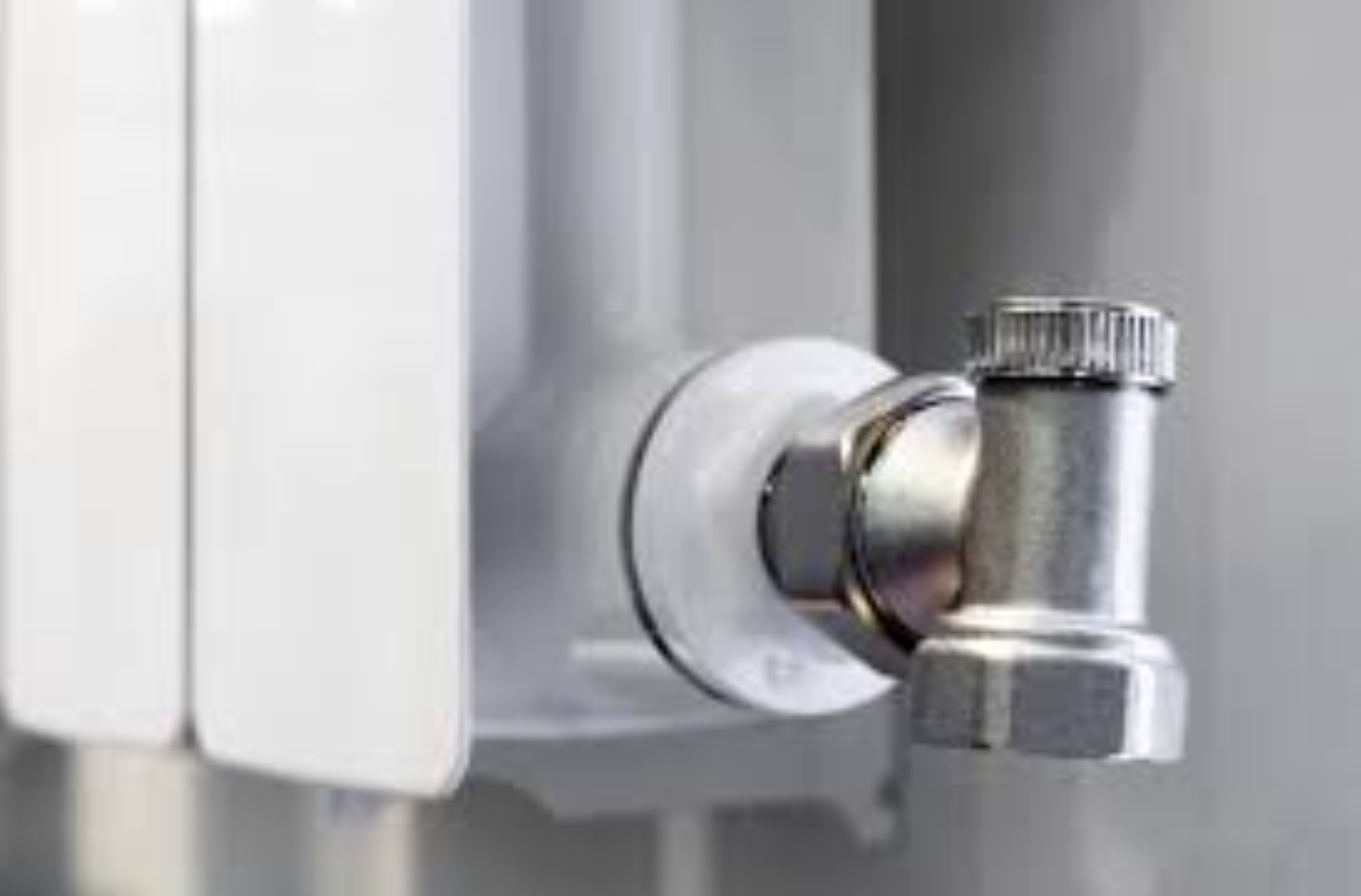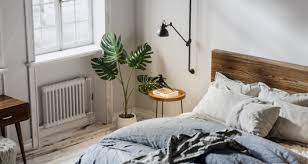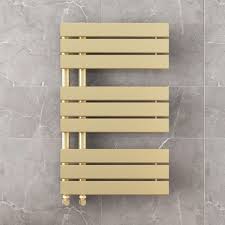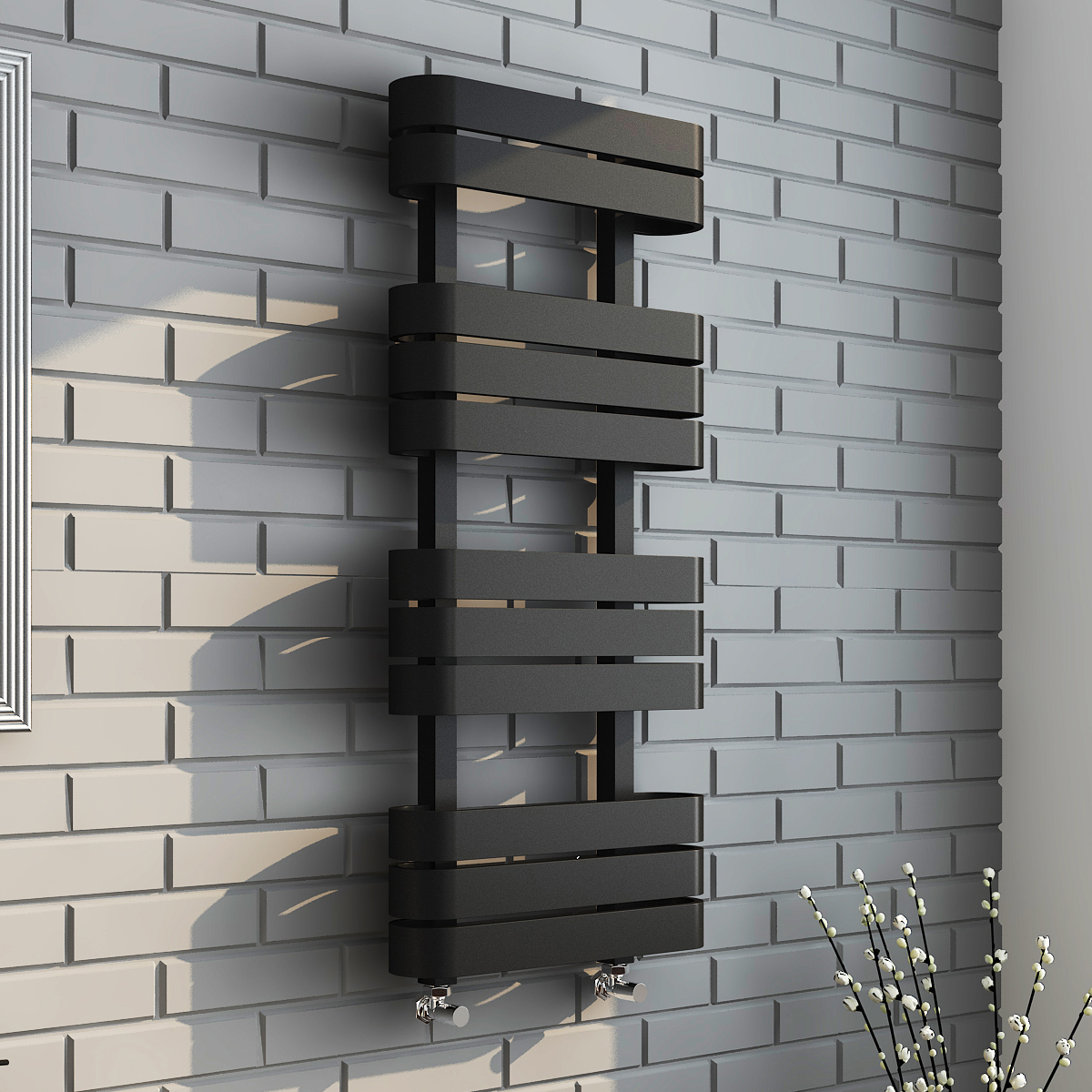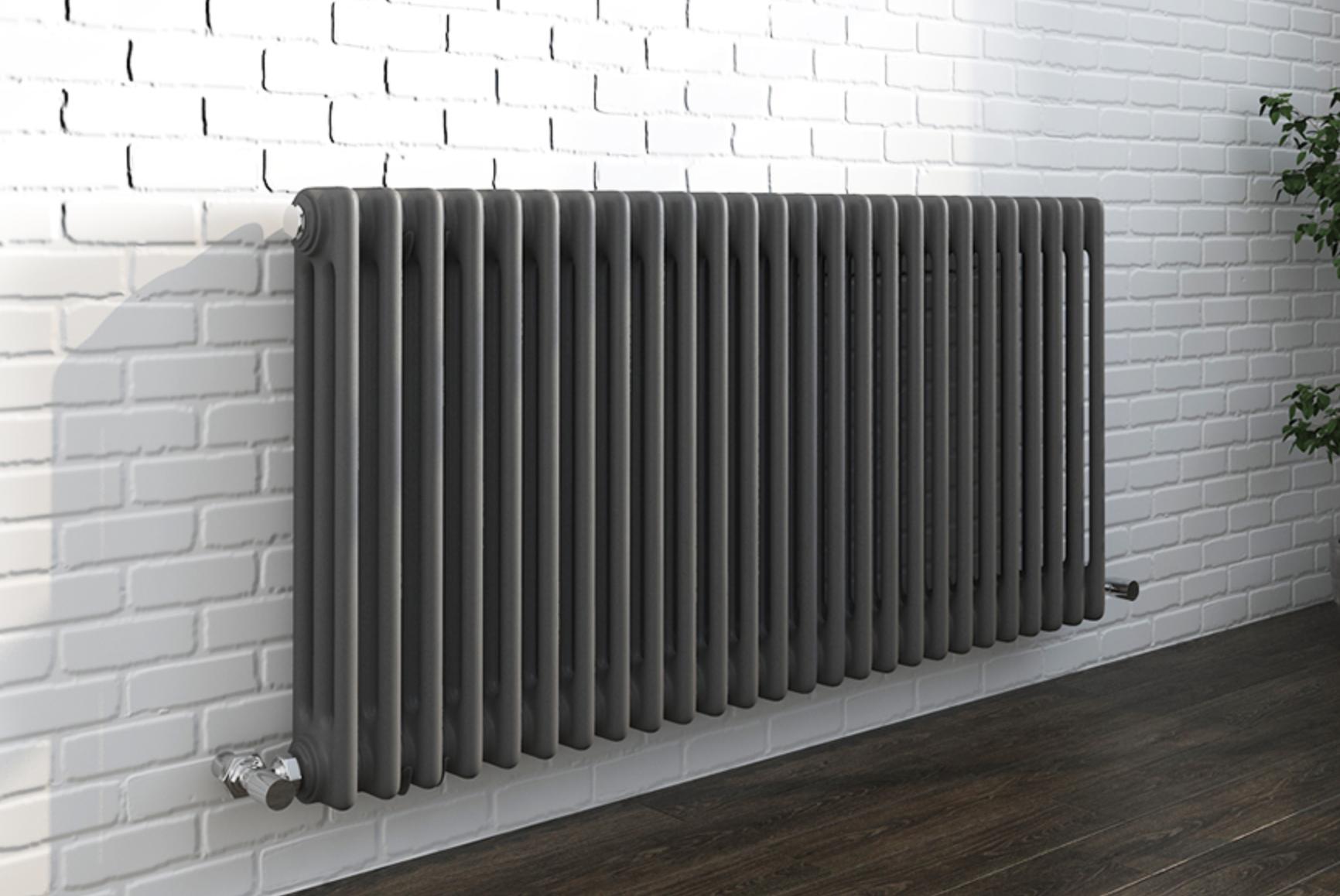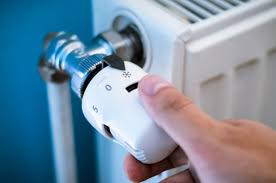How to Balance a Radiator
Have you ever felt like some parts of your home are chilly while others are warm? Is it because your radiator is old and ineffective, or is it something else? The answer may surprise you. While buying a designer radiator might improve your home’s overall atmosphere, sometimes the issue is not the radiator itself but…
When Should You Bleed Radiators
Bleeding a radiator is an important part of maintaining your home’s central heating system because it allows you to release trapped air that may be causing uneven heating. If your radiator is not working efficiently, chances are you are incurring utility bills that do not justify the degree of warmth and comfort you are getting.…
How Do Radiator Valves Work?
What are Radiator Valves? How do radiator valves work? Well, a radiator valve is one of the most crucial elements in regulating temperature and ensuring that your home’s heating system remains functional? The radiator valve is a small yet essential component that allows you to control the flow of hot water or steam to the…
How Do You Know If You Need a New Radiator?
Understanding the Lifespan of a Radiator Radiators are an integral part of your home’s central heating system. They help ward off the cold air in winters and keep your home cozy, no matter what. Typically, you can expect to use a radiator for 10-15 years. However, if you’ve ever experienced chilly January nights, you’re well…
How Much Does It Cost to Move a Radiator
Moving a radiator typically costs between £150 and £400, with the average expense for relocating a single radiator being £275. It is important to note that moving a radiator is a complex procedure that you are better off entrusting to a professional. Radiators are essential in modern homes because they keep us warm when the…
How to Move a Radiator
While we recommend replacing a radiator after 10-15 years and buying a radiator online, there are many reasons why you might need to move a radiator. In fact, it is one of those daunting tasks that every homeowner has to do at some point, whether it is for renovation or relocation. The process of moving…
Can You Move a Radiator to Another Wall
Radiators are a staple in many homes and apartments because of their ability to keep the environment cozy on chilly days. Most radiators blend into the aesthetic, but if you have an old radiator that sticks out like a sore thumb in your boho-inspired apartment, moving it or buying a new radiator online might be…
How to Change a Radiator Valve
Have you ever woken up on a cold winter morning, only to find that your home has turned into a tundra? We sincerely hope you haven’t, but if you have, then you know that this frosty welcome is a sign that your radiator is leaking. If your radiator is pretty old, we would recommend buying…
How Easy Is It to Move a Radiator
Moving a radiator is one of those tasks that you come across when renovating your home or upgrading your home’s heating system. There are many benefits of moving your radiator, one of them being optimizing the available space and improving heat distribution all around. You could also achieve this by simply buying a radiator online.…
Which type of radiator gives out the best heat – A Beginners Guide
What Type of Radiators Are Best? When you move into a new home, your heating system will either be a plumbing system or electric radiators. When you are deciding which new radiators you would like to place in your home, it is best to continue with the system you already have in place. However, you…
The ultimate guide to choosing the right bathroom radiator
Factors to Consider When Selecting a Bathroom Radiator: When choosing a bathroom radiator, several factors should be considered, including size, heat output, style, material, installation, energy efficiency, price, and current fixtures and fittings. The radiator’s size should be appropriate for the bathroom’s dimensions to heat the space effectively. This can be calculated on a BTU…
Busting the Myth: Vertical radiators don’t pump out heat
Does a Radiators Shape Effect the Heat Output? The radiator shape doesn’t really have an effect on the amount of heat emitted from the radiator. The only reason a radiator’s shape might affect the heat emission from them, is due to their being less surface area on the radiator for them to release heat, but…

